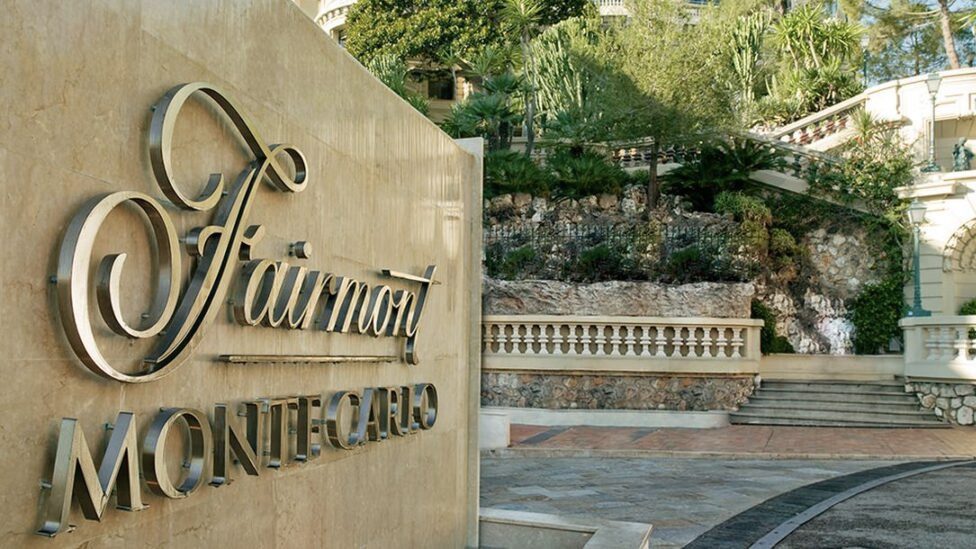The Fairmont Monte Carlo has taken a bold leap into the future of clean energy by plugging its upgraded seawater pumping station into Monaco’s expanding thalassothermal network. Managed by Seawergie, a subsidiary of SMEG, the connection transforms the luxury hotel into a critical node in the Principality’s push for renewable, carbon-free energy. Around ten additional buildings will soon be able to draw on the sea’s steady temperature to heat and cool their interiors, marking a major step forward in Monaco’s environmental ambitions.
Deep beneath the glamour of the Fairmont’s lobby lies an industrial system that’s been harvesting the Mediterranean’s natural thermal energy since 1975. By drawing seawater from depths of 5 to 10 metres—where the temperature reliably hovers around 15°C—the system uses a submerged, electrically powered heat pump to transfer that thermal energy into the hotel’s heating, air conditioning and hot water systems. It’s low-key engineering with high-end results.
Last year, the Fairmont agreed to share this resource with Seawergie, effectively turning its basement into a community energy hub. Monaco has long been ahead of the curve on thalassothermal tech—installing its first seawater heat pump back in 1963 at the Stade Nautique Rainier III. The network has since grown district by district, with Larvotto and La Condamine already partially connected. The Fairmont’s integration enables a new energy loop that will stretch into northern La Condamine and as far as the Costa district.
SMEG plans to prioritise the most polluting buildings first. The Schuylkill, currently under renovation, is among the first in line to swap its old oil-fired system for a sleek, networked heat pump. According to Astrid Siohan, SMEG’s director of heating and cooling networks, pricing has been designed to match conventional gas or oil systems, meaning building owners can cut emissions without cutting corners.
To meet the increased demand, the Fairmont’s original thermal system has received a significant upgrade. Pumping capacity has tripled from 500 to 1,500 cubic metres per hour, and a 5,000-litre primary hot water tank has been installed to maximise energy efficiency. The system, once nearing obsolescence, has been modernised with more work planned for 2025, particularly in the hydraulics department.
The environmental payoff is anything but modest. The connection is expected to prevent the release of nearly 2,000 tonnes of CO₂ annually—about 3 percent of Monaco’s total emissions. Fairmont General Manager Alexandre Ariel called the initiative a point of pride, while SMEG’s top brass, Thomas Battaglione, emphasised its role in reaching Monaco’s goal of slashing greenhouse gas emissions by 55 percent by 2030, and hitting full carbon neutrality by 2050.


